
All categories
Featured selections
Trade Assurance
Buyer Central
Help Center
Get the app
Become a supplier

(61 products available)














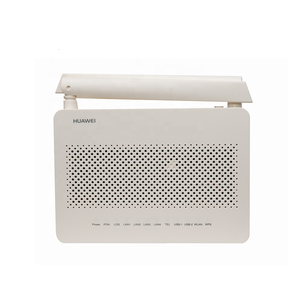
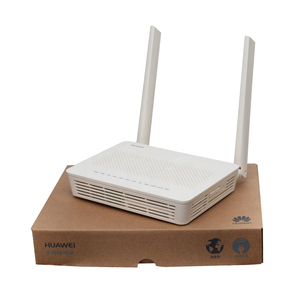
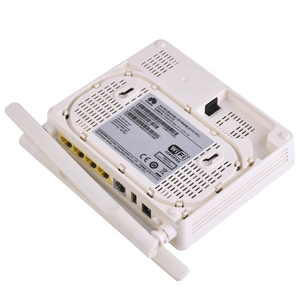
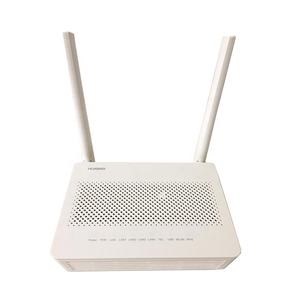
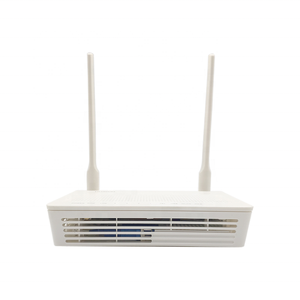

































HG8010H GPON ONT
The Huawei HG8010H GPON ONT is a compact optical network terminal with high performance. It serves the user access equipment in a GPON (Gigabit Passive Optical Network) system. This device, built for seamless broadband connectivity, includes one GE (Gigabit Ethernet) port and offers an ultra-stable operation with energy-saving features. That's why it is considered an ideal choice for ISP deployments.
HG8010N GPON ONT
The Huawei HG8010N is a GPON ONT, which stands for optical network terminal. This device is a high-performance optical network terminal that serves as a bridge between the optical fiber network and the end users. Many ISPs deploy this small, user-friendly terminal with just one gigabit Ethernet port and power-saving features.
HG8010 GPON ONT
The Huawei HG8010 GPON is an optical network terminal (ONT) that combines performance with a user-friendly design. Its single GE port makes it suitable for basic high-speed Internet access. Also, its advanced GPON (Gigabit Passive Optical Network) technology is ideal for seamless fiber-to-the-home (FTTH) solutions.
Smart Grid and Metering Solutions
Huawei GPON is crucial for smart grid applications. This is due to its capacity to support real-time data transmission between energy providers and consumers. The system enables advanced metering infrastructures (AMIs), which allow for the monitoring of energy consumption patterns. Also, the live updates of data can result in reduced operational costs and enhanced efficiency.
Remote Monitoring of Oil and Gas Operations
The Huawei GPON system provides reliable data transmission for remote monitoring and management of oil and gas infrastructure in real time. Moreover, it supports video surveillance, environmental monitoring, and equipment diagnostics. Thus, it reduces the need for physical presence and improves operational safety.
Mining Operations
Many mining operations work in remote areas that require a robust and reliable network. Huawei GPON provides high-speed, long-distance data transmission. It supports critical applications like equipment monitoring, environmental management systems, and worker safety protocols. This then enables operational efficiency and safety in harsh mining environments.
Supporting Legacy Systems in Transportation
Many transportation systems have extensive electronic components and communication networks. Hence, they require long-distance data transmission, which is what Huawei GPON provides. It acts as a bridge to support many legacy systems while providing the capacity for new applications. These include real-time monitoring of traffic systems and RFID (Radio-frequency Identification) tracking for buses and trains.
HD Video Surveillance in Urban Security
Urban security requires high-capacity, low-latency transmission to support HD video surveillance systems. The Huawei GPON system fits this well by providing an integrated platform for transmitting video feeds, sensor data, and emergency communications over long distances. Also, it can handle the dense data requirements of urban security systems and improve public safety.
The Huawei GPON ONT terminal has various technical specifications, which are:
Huawei GPON ONTs (Optical Network Terminals) are easy to install and configure. First, the Huawei HG8010 GPON ONT should be connected to an external power source and a GPON-compatible optical network. After that, connect the HG8010 ONT to a user device like a computer or a router using an Ethernet cable.
The next step is to ensure the device is properly connected to the optical network, which will automatically detect the GPON signal. The ONT will automatically provision itself by downloading the configuration settings required for operation. Users can then access the internet to check if the ONT is installed properly. In case of any error or issue, the user needs to contact their ISP for help.
The maintenance of Huawei's GPON ONT is easy and economical. The first thing to do is keep software up-to-date. This protects the device from threats and system crashes.
The next step is to monitor system performance, which is important for identifying issues. Some common problems the user should look out for are slow internet connection and loss of connectivity. In case of any issue, it is important to first reboot the ONT. A simple reboot clears its cache and re-establishes the connection to the optical network.
If the problem persists, check if the issue is from the user devices connected to the ONT by performing a speed test. In more severe cases, the ONT may need to be factory reset or replaced entirely.
A1. GPON is a standards-based passive optical network that supports voice, video, and streaming data services. It enables the delivery of high-speed internet access through fiber optic cables. This then results in faster broadband speeds compared to traditional copper lines. GPON uses a shared fiber optic infrastructure to serve multiple customers, which reduces operating costs for service providers.
A2. There are multiple reasons why Huawei is regarded as a reliable GPON ONT provider. These are their commitment to quality and innovation, the extensive range of terminal products supporting various residential and business needs, and the efficient performance of their devices. Their GPON terminals cater to many installations, from urban areas to rural ones.
A3. The Huawei GPON terminal serves as an interface between the fiber optic network and end user devices. It converts GPON signals into Ethernet and vice versa. This terminal enables users to connect routers or personal computers through an Ethernet port for internet access.
A4. One of the first things to do when the Huawei GPON ONT is not working is to check whether the device is properly connected to the optical network. The next thing to check is if there are any visible error indicators on the device. If there are none, try restarting the ONT to refresh the system. Connect a single device to the ONT to check if the problem persists.
A5. The Huawei GPON ONT terminals are suitable for many installation ranges. These ranges are urban, suburban, rural, and mountainous areas. They also have terminals designed specifically for high-density urban environments and low-density rural ones.